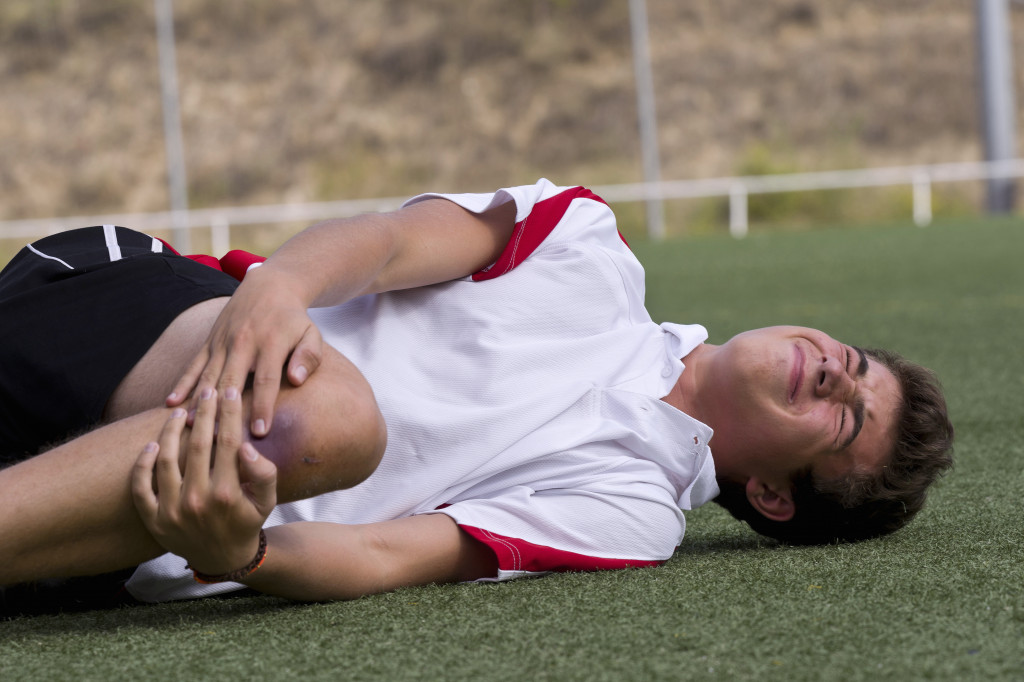Each year, countless people seek treatment for sports injuries. To confirm a diagnosis, they often need to undergo various tests, which can be both expensive and time-consuming. Tests like 3-dimensional ultrasounds, CT scans, and MRIs are some of the most common imaging techniques used to diagnose sports injuries.
Getting sports injuries can change one’s life since it can cause a decrease in quality of life and even depression. With treatments and time, most people fully recover from their sports injury, but some may have long-term effects that can limit their activity levels. One can experience difficulty completing everyday tasks and working and may have to take time off from their favorite hobby or sport.
Sports injuries can result from acute trauma, such as a fall or collision or overuse of a particular body part. However, some lifestyle choices can make you more susceptible to developing a sports injury. If you’re looking to avoid getting sidelined by an injury, here are four mistakes that you should avoid.
Not Warming Up Properly
Warming up before participating in any sport or physical activity is crucial for reducing the risk of injury. When you warm up, your heart rate and blood flow increase, which helps to deliver more oxygen and nutrients to your muscles. This increased blood flow also helps to reduce the stiffness in your muscles and joints, making them more elastic and less likely to be injured.
Additionally, warming up helps raise your body temperature, which makes your muscles and tendons more flexible. Finally, warming up helps to improve your mental focus and reaction time, both of which are important for avoiding injuries. So next time you’re getting ready to play a game or hit the gym, make sure you take the time to warm up first!
You can warm up by doing light cardio, such as jogging or jumping rope. You can also consider doing dynamic stretching exercises, such as leg swings or arm circles.
Failing to Cool Down
Any athlete knows that cooling down after a workout is essential to preventing injuries. When you exercise, your muscles and joints heat up, leading to strains and swelling. By cooling down, you give your body a chance to gradually return to its normal temperature, which helps reduce the risk of injury.
However, many athletes fail to properly cool down after exercise, which can have serious consequences. Without taking the time to cool down, you’re more likely to suffer from cramps, strains, and other injuries. In addition, you may also experience fatigue and dizziness, which can impact your performance. So if you want to stay safe and healthy, make sure to take the time to cool down after every workout.

To do this:
- Start by doing some light cardio for 5-10 minutes. This will help to lower your heart rate and body temperature gradually.
- Stretch all of the major muscle groups you worked on during your workout.
- Hold each stretch for 20-30 seconds to give your muscles time to relax.
- Drink plenty of fluids to replenish any fluid lost during exercise.
Ignoring Pain
Most athletes have experienced the feeling of “running on broken glass.” You know the sensation: every footfall sends a sharp pain through your joints, yet you push on, determined to complete the training session. However, new research suggests that ignoring this type of pain may increase your risk of injury.
When we feel pain, our nervous system sends out warning signals that help protect us from further damage. However, athletes often override these signals to push their bodies to the limit. This may help them achieve their goals in the short term, but it can also lead to severe injuries.
Studies have shown that athletes who ignore pain are more likely to suffer from overuse injuries such as stress fractures and tendonitis. In addition, they are also at greater risk for acute injuries such as strains and sprains. So how can you stay safe while still performing at your best?
First, it’s essential to listen to your body and be aware of any pain you’re feeling. Ignoring pain may seem like a tough thing to do, but it’s much better than putting your body at risk in the long run. If you’re experiencing pain during or after exercise, take a few days off to rest and recover. And if the pain persists, be sure to see a doctor or physical therapist for further evaluation.
These are but three mistakes that make you more susceptible to sports injuries. So if you want to stay safe and healthy, be sure to warm up before exercise, cool down afterward, and listen to your body for any signs of pain. Do this, and you’ll be well on your way to a healthy and successful season.




